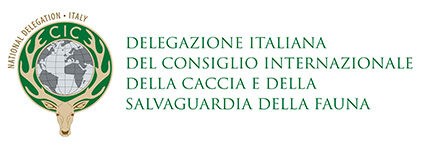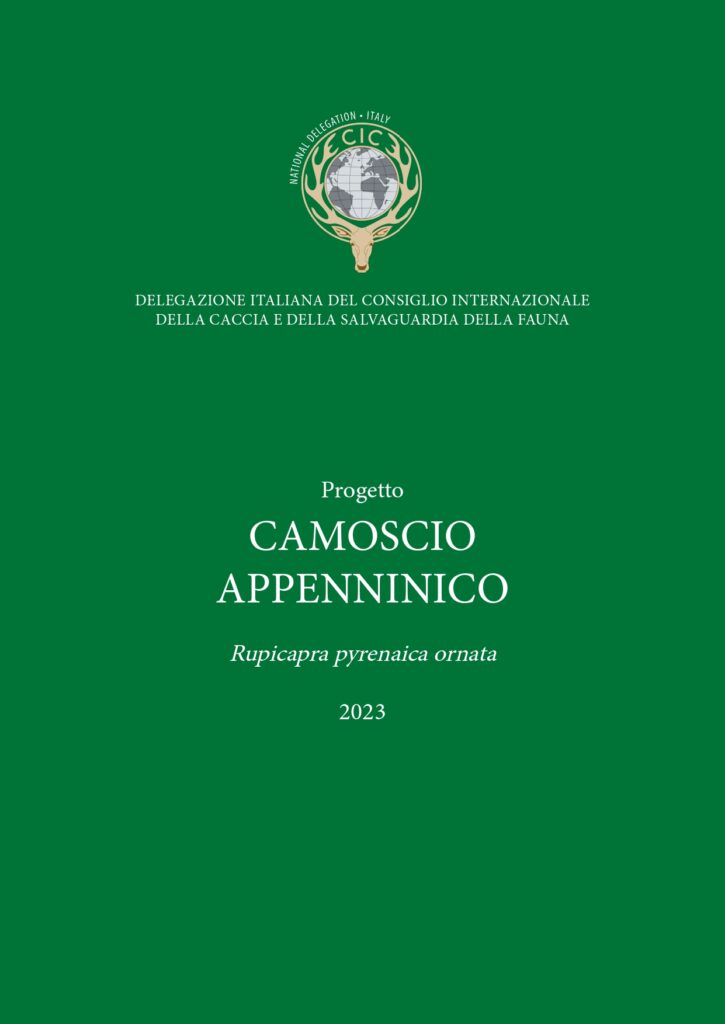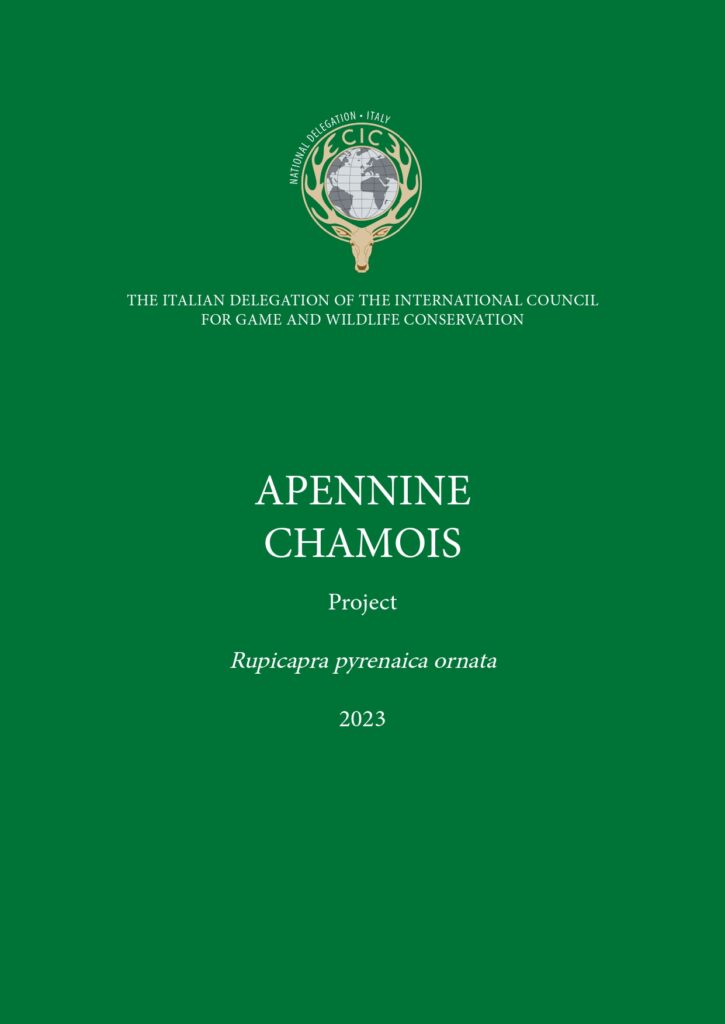Progetto Camoscio Appenninico
Uno degli obiettivi che la Delegazione Italiana del CIC si è posta in questi ultimi anni è l’approfondimento della conoscenza delle specie endemiche italiane di ungulati. Nel 2022 è stato pubblicato uno studio sul Cervo Sardo, Cervus elaphus corsicanus, e ora è la volta del Camoscio Appenninico, Rupicapra pyrenaica ornata.
Fu lo zoologo tedesco Oscar Neumann che per primo distinse il camoscio appenninico da quello alpino osservando nel 1899 un esemplare naturalizzato conservato nel museo di Storia Naturale di Genova.
Il camoscio appenninico è una delle entità faunistiche italiane più localizzate tale da essere inserito come specie prioritaria nell’Allegato II e IV della Direttiva Habitat 92/43/CEE e in altri regolamenti comunitari, e da valergli l’iscrizione come sottospecie in pericolo d’estinzione nella lista rossa dei mammiferi redatta dallo IUCN (International Union for Conservation of Nature – IUCN-1996) e di particolare protezione da parte della legislazione italiana.
Lo studio ha comportato la valutazione dei trofei di tale specie nell’ambito di due misurazioni ufficiali, avvenute nel 2010 e nel 2018 a Pescasseroli presso le Collezioni Naturalistiche del Parco Naturale d’Abruzzo, Lazio e Molise, dimostrando che i mondi venatorio e ambientalista possono lavorare in sintonia per produrre un risultato non ottenibile singolarmente. La misurazione del trofeo con il metodo CIC rappresenta infatti un importante supporto alle analisi scientifiche dell’evoluzione e dello stato delle popolazioni degli ungulati in una certa area e in un certo arco temporale in quanto i trofei sono eccellenti e duraturi indicatori della qualità della specie e dello stato di conservazione e di salute dell’ambiente che ospita quella determinata popolazione.
Alla luce della ricerca è stata accolta la proposta italiana di assegnare alla specie per la prima volta un punteggio CIC specifico, durante l’International Trophy Evaluation Board (ITEB), svoltosi nel 2018 a Bassano del Grappa.
Rivolgiamo il più sentito ringraziamento al Professor Sandro Lovari, che ha contribuito in maniera decisiva alla conoscenza di questa specie con numerosi contributi e pubblicazioni e per la sua autorevole prefazione ed esprimiamo la più viva riconoscenza al Parco Nazionale d’Abruzzo, Lazio e Molise per avere messo a disposizione il materiale di studio e per la solerte collaborazione ai componenti delle Commissioni giudicatrici.
Project Apennine Chamois
One of the objectives that the Italian Delegation of the CIC has set itself in recent years is the deepening of knowledge of the Italian endemic species of ungulates. In 2022, a study was published on the Sardinian deer, Cervus elaphus corsicanus, and now it is the turn of the Apennine chamois, Rupicapra pyrenaica ornata.
It was the German zoologist, Oscar Neumann, who first described the Apennine chamois as a separate species from the Alpine one by observing a stuffed specimen preserved in the Genoa Natural History Museum in 1899.
The Apennine chamois is one of the most localised Italian faunal entities, included as a priority species in Annex II and IV of the Habitat Directive 92/43/EEC and in other community regulations; it’s worth is such that it has been registered as a subspecies vulnerable to extinction in the red list of mammals drawn up by the IUCN (International Union for Conservation of Nature – IUCN-1996) and of particular protection by Italian legislation.
The study involved the evaluation of the trophies of this species in the context of two official measurements, which took place in 2010 and 2018 in Pescasseroli at the Naturalistic Collections of the Abruzzo, Lazio and Molise Natural Park, demonstrating that the hunting and environmental worlds can work in harmony to produce a result that cannot be achieved individually. The measurement of the trophy with the CIC method represents in fact an important support for the scientific analyses of the evolution and state of the ungulate populations in a certain area and in a certain time frame as the trophies are excellent and long-lasting indicators of the quality of the species and the state of conservation and health of the environment that hosts that particular population.
In light of the research, the Italian proposal to assign a specific CIC score to the species for the first time was accepted, during the International Trophy Evaluation Board (ITEB), held in 2018 in Bassano del Grappa.
We extend our heartfelt thanks to Professor Sandro Lovari, who contributed decisively to the knowledge of this species with numerous contributions and publications and for his authoritative preface and we express our deepest gratitude to the National Park of Abruzzo, Lazio and Molise for having made the study material available and for the diligent collaboration with the members of the evaluation commissions.


